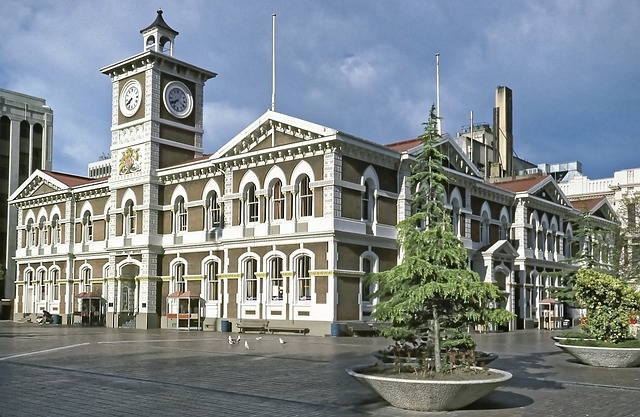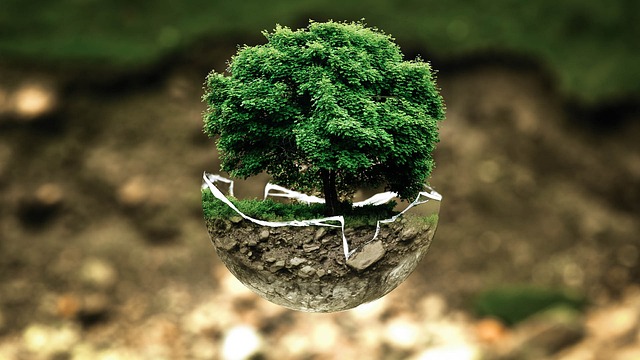
Shaken Faith: How Earthquakes Impact Religious Rituals
In a world where the earth occasionally trembles beneath our feet, the impact of an earthquake extends far beyond nature’s raw power. For many, such seismic events can shake not only buildings but foundational beliefs, affecting religious practices and rituals that have stood the test of time. The unnerving quakes serve as a poignant reminder of our mortality, prompting deep reflections on faith and resilience within religious communities.
Across diverse cultures and faiths, rituals have always played a central role in connecting believers to the divine. These sacred practices often bring comfort and a sense of stability. However, when a powerful earthquake hits, these rituals may be disrupted, leading to feelings of vulnerability and confusion. Imagine a community gathering for a spiritual ceremony only to be rocked by the violent instability of the ground beneath them. The ritual that once symbolized unity and peace becomes a reminder of the fragility of life.
In many traditions, rituals are tied to places considered holy or significant. An earthquake can physically damage these sacred spaces, forcing congregations to rethink their practices and, at times, their beliefs. For instance, after a major seismic event, communities might gather in makeshift locations or return to their homes to find connection in non-traditional spaces. This adaptation can lead to a reassessment of what it means to worship and how faith is expressed in times of crisis.
The psychological impact of an earthquake on believers can also shape their religious experience. Survivors may find themselves questioning why such tragedies happen, leading to a spiritual struggle that can either strengthen faith or cause a crisis of belief. Some may turn to their religious leaders for guidance and comfort, seeking answers in the midst of chaos. Others may find solace in collective mourning, realizing that they are not alone in their suffering.
Rituals, even when altered by the shaking ground, can also provide a lifeline to those affected. They allow individuals and communities to convene, share experiences, and channel their anxieties into collective expressions of faith. In the wake of an earthquake, memorial services, prayer vigils, and communal gatherings can help heal the emotional wounds left in the aftermath, fostering a renewed sense of hope and solidarity.
Furthermore, various religious organizations often mobilize to provide aid and assistance in the wake of these disasters, serving as a testament to the resilience of faith. In coming together to help those who have lost everything, communities demonstrate how rituals of compassion and service can flourish, even in the most trying times.
The interplay between earthquake events and religious rituals elucidates a profound truth: that faith is as much about understanding and grappling with life’s uncertainties as it is about steadfast belief. When the ground shakes, communities may falter, but faith has a unique capacity to reform and revive, finding new expressions and meanings as they rebuild their lives and spiritual practices from the rubble.

